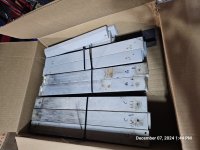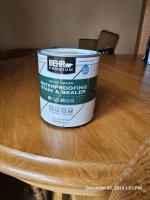What part of the thermocouple fails so that it doesn't work?
When a thermocouple fails, the issue typically lies in one or more of the following areas:
1. Wire Degradation:
• The two dissimilar metal wires in the thermocouple can become brittle, corroded, or break over time due to exposure to high temperatures, moisture, or corrosive environments.
2. Oxidation or Corrosion:
• Oxidation on the thermocouple wires or at the junction can prevent the proper electrical signal from being generated. This is especially common in thermocouples used in high-temperature or humid environments.
3. Burnout of the Junction:
• The tip of the thermocouple, where the two wires meet to form the sensing junction, may burn out or melt if exposed to excessive heat beyond its design limit.
4. Loose or Broken Connections:
• The thermocouple wires can become loose or disconnected from the circuit, leading to an open circuit that prevents the thermocouple from generating a voltage.
5. Contamination:
• Impurities from the environment or insulation materials can diffuse into the thermocouple wires, altering their thermoelectric properties and leading to incorrect or no signal.
6. Short Circuit:
• The two wires may accidentally come into contact with each other or with conductive materials, bypassing the sensing junction and rendering the thermocouple ineffective.
7. Signal Interference or Degradation:
• Electrical noise or degradation in the signal path (e.g., due to poor insulation or damaged extension wires) can lead to an unreliable or incorrect signal.
Diagnosing the failure often involves checking for continuity (using a multimeter), inspecting for visible damage, and verifying the thermocouple’s response to temperature changes.


